Increased Demand for Safety Equipment
The Automotive Tire Socks Market experiences heightened demand for safety equipment as consumers prioritize vehicle safety. Tire socks provide enhanced traction on snow and ice, which is particularly crucial in regions with harsh winter conditions. According to recent data, the market for automotive safety products is projected to grow at a compound annual growth rate of 5.2% over the next five years. This trend indicates a growing awareness among consumers regarding the importance of safety features in vehicles. As more individuals seek reliable solutions for winter driving, the Automotive Tire Socks Market is likely to benefit from this increased focus on safety, potentially leading to higher sales and market penetration.
Growing Awareness of Environmental Impact
The Automotive Tire Socks Market is increasingly influenced by growing awareness of environmental impact among consumers. As individuals become more conscious of their carbon footprint, there is a shift towards products that offer sustainable solutions. Tire socks, often made from eco-friendly materials, present an attractive option for environmentally conscious consumers seeking alternatives to traditional tire chains. This trend aligns with the broader movement towards sustainability in the automotive sector, where consumers are actively seeking products that minimize environmental harm. Consequently, the Automotive Tire Socks Market may experience growth as it aligns with these consumer values, potentially leading to increased market share.
Regulatory Support for Winter Safety Products
The Automotive Tire Socks Market benefits from regulatory support aimed at enhancing winter safety on roads. Various governments have implemented regulations that encourage the use of winter safety products, including tire socks, to reduce accidents during snowy conditions. For instance, certain regions mandate the use of snow chains or similar products during winter months, which indirectly boosts the demand for tire socks as a more user-friendly alternative. This regulatory environment creates a favorable landscape for the Automotive Tire Socks Market, as manufacturers and retailers can capitalize on the increased awareness and compliance among consumers regarding winter safety measures.
Technological Innovations in Material Science
The Automotive Tire Socks Market is experiencing a wave of technological innovations in material science, leading to the development of more effective and durable tire socks. Advances in textile technology have resulted in lighter, stronger, and more flexible materials that enhance the performance of tire socks in various weather conditions. These innovations not only improve traction but also extend the lifespan of the products, making them more appealing to consumers. As manufacturers continue to invest in research and development, the Automotive Tire Socks Market is likely to see an influx of new products that meet the evolving needs of consumers, thereby driving market growth.
Rising Popularity of Alternative Transportation
The Automotive Tire Socks Market is influenced by the rising popularity of alternative transportation methods, such as electric vehicles and car-sharing services. As these modes of transport gain traction, the need for accessories that enhance vehicle performance in adverse weather conditions becomes more pronounced. Tire socks, known for their ease of use and effectiveness, are increasingly being adopted by users of electric vehicles, which are often equipped with specialized tires. This shift in consumer behavior suggests that the Automotive Tire Socks Market may see a diversification of its customer base, as more individuals seek products that complement their eco-friendly transportation choices.


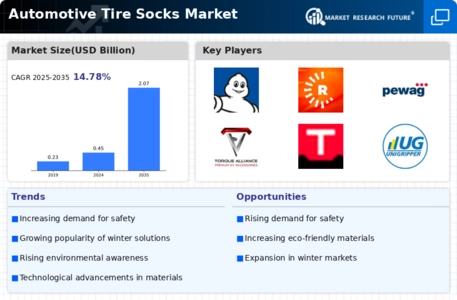
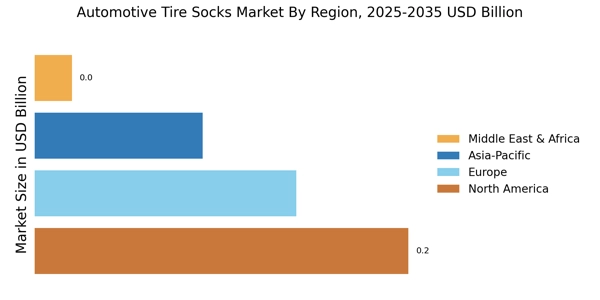

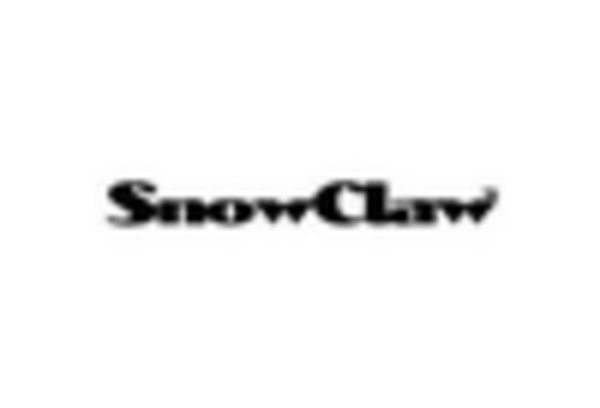
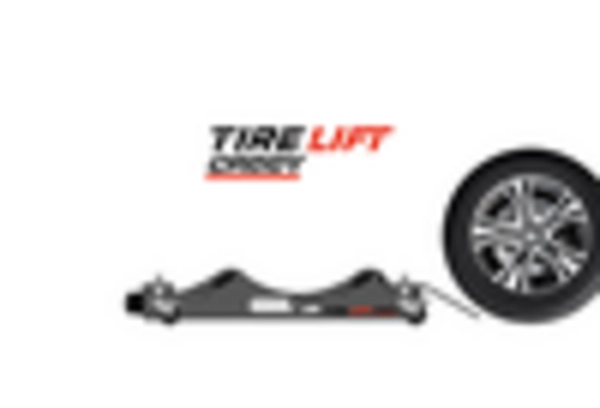

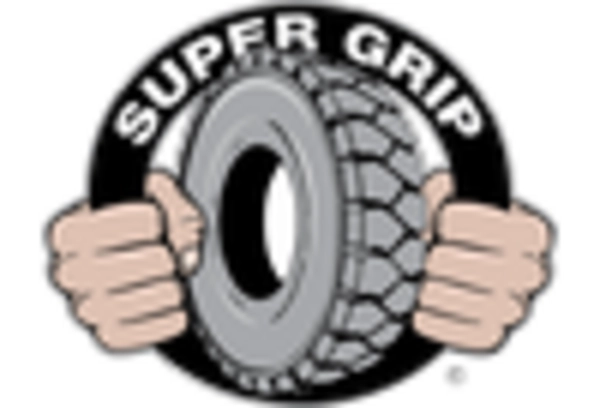
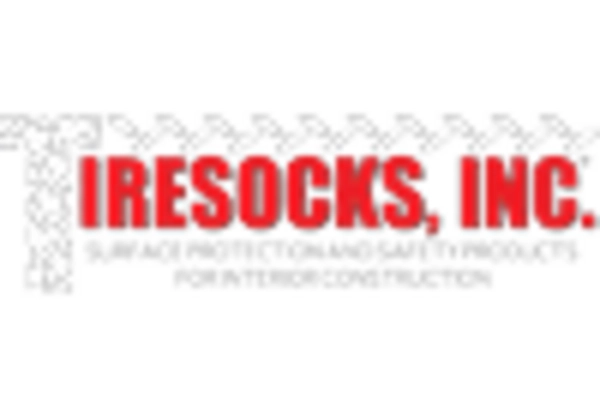








Leave a Comment